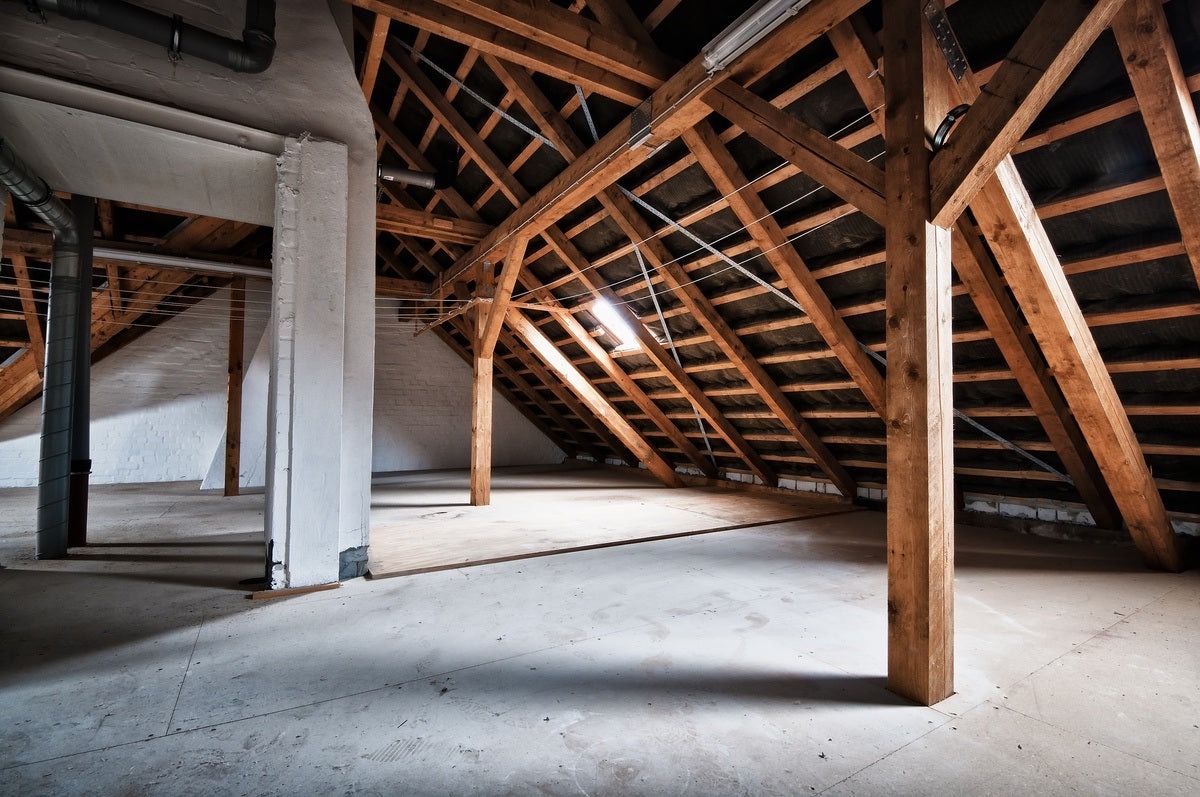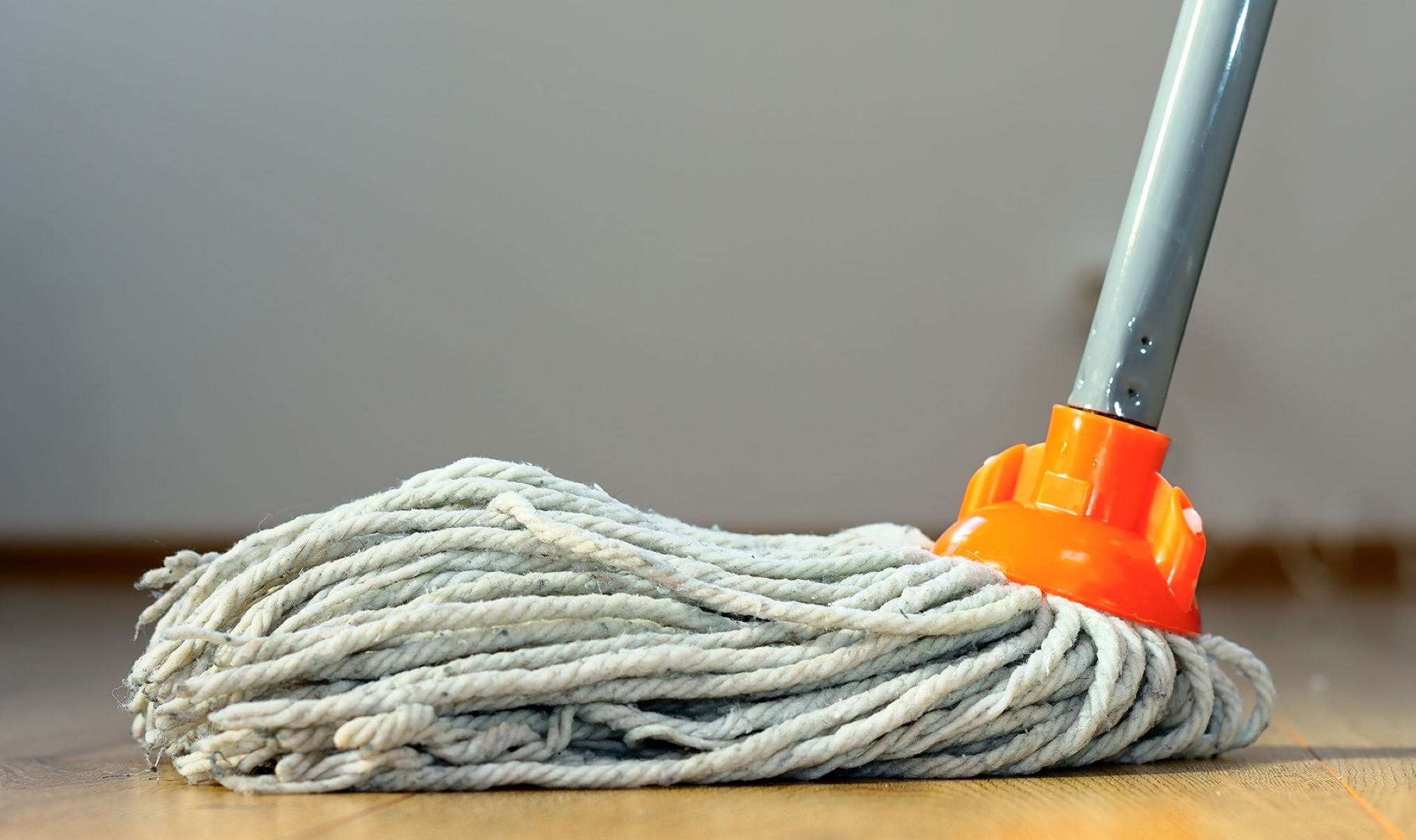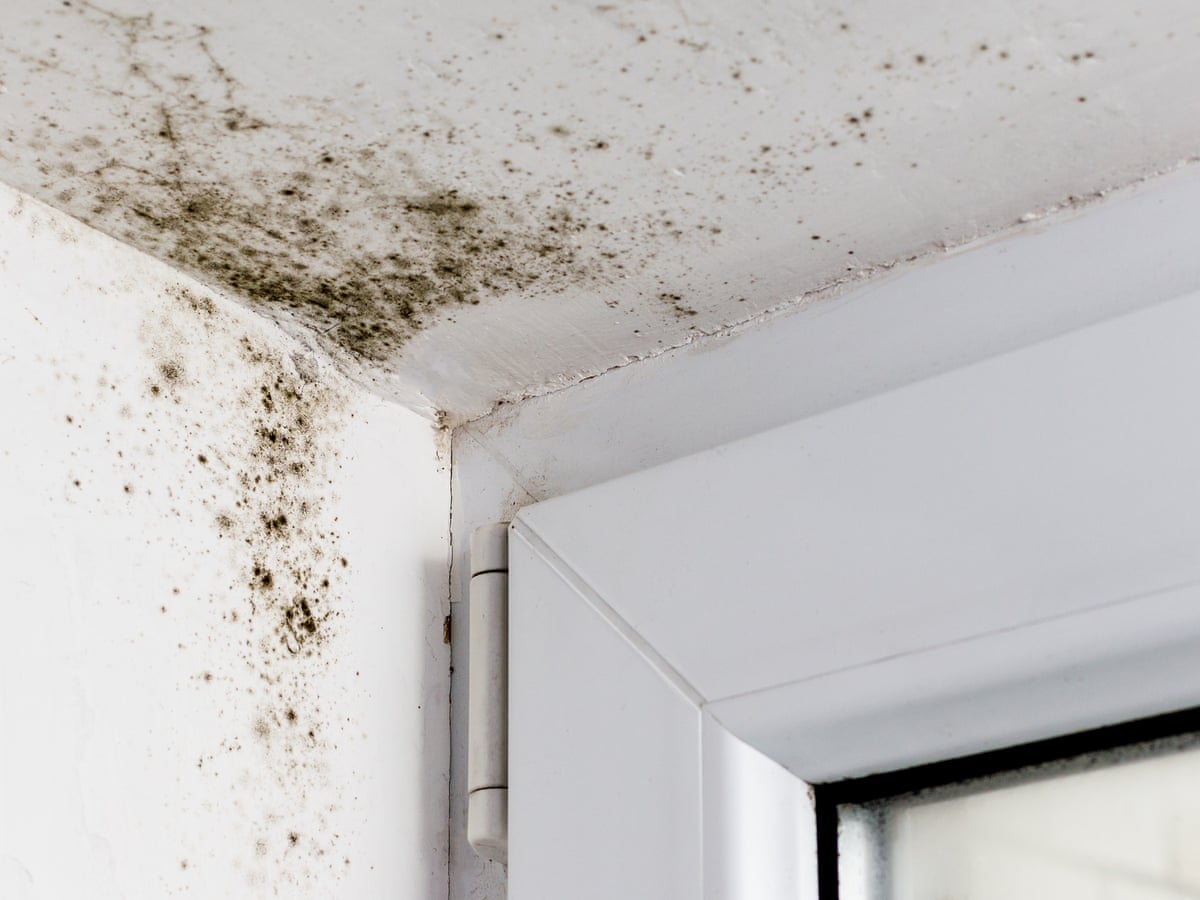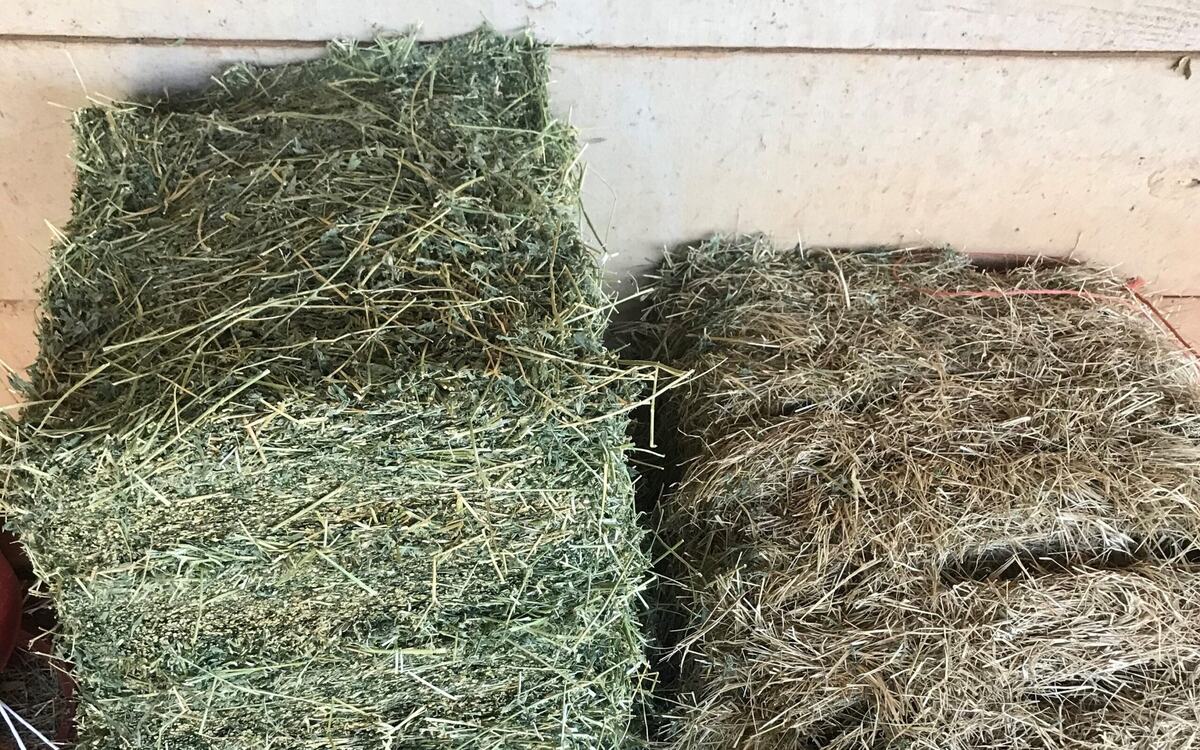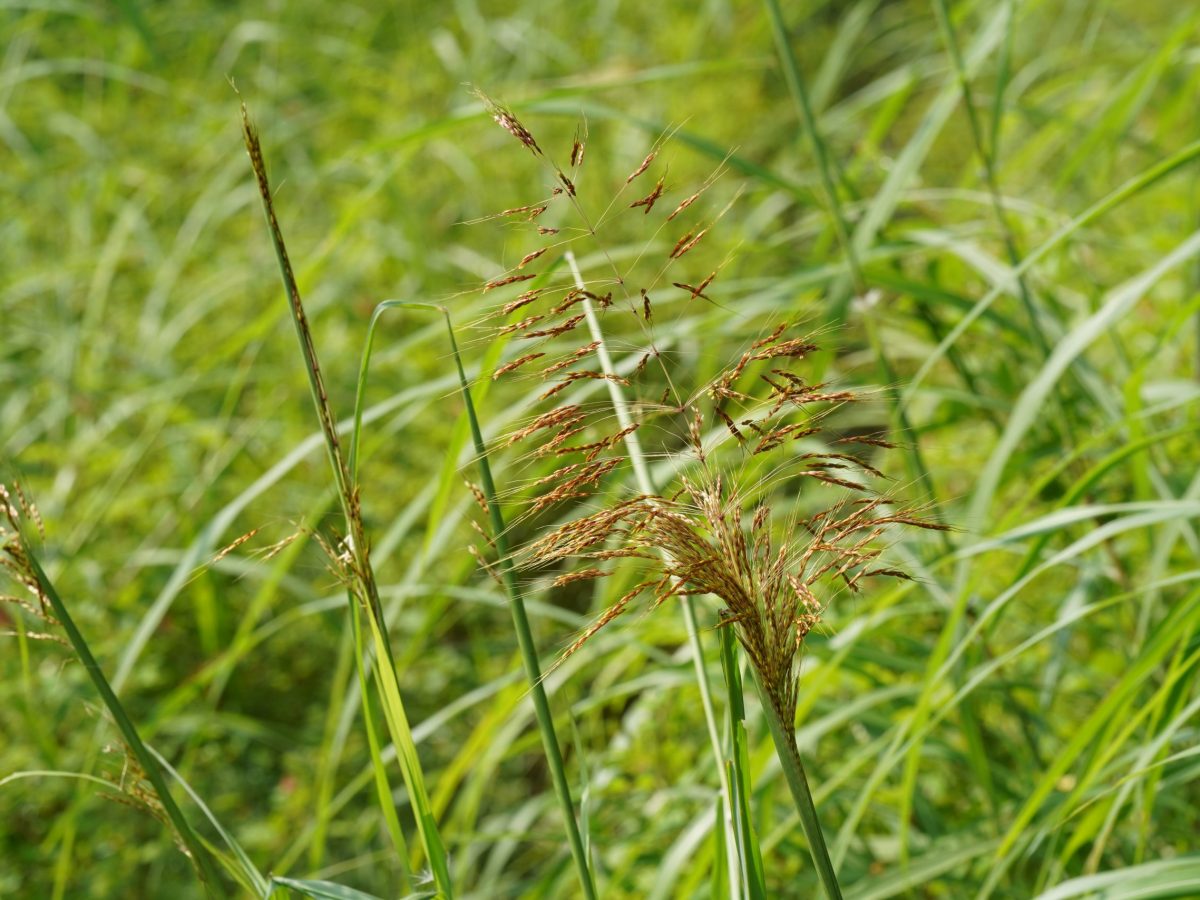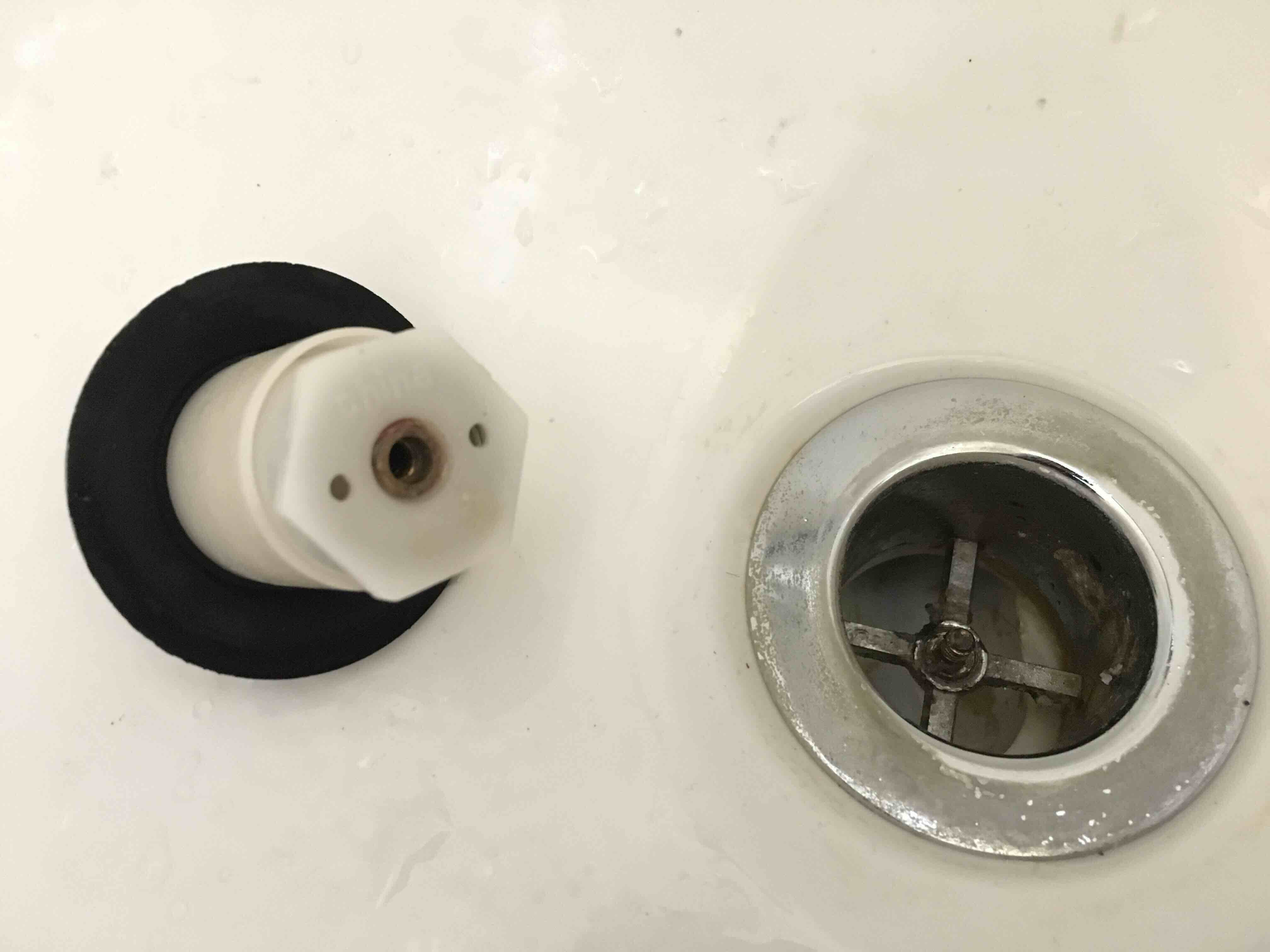

Articles
What Does Asbestos Under A Carpet Look Like
Modified: May 6, 2024
Discover what asbestos under a carpet looks like and how to identify it. Read our informative articles to learn more about this potential health hazard.
(Many of the links in this article redirect to a specific reviewed product. Your purchase of these products through affiliate links helps to generate commission for Storables.com, at no extra cost. Learn more)
Introduction
Welcome to our comprehensive guide on the topic of asbestos under a carpet. In this article, we will explore the nature of asbestos, the dangers associated with asbestos exposure, and how to identify its presence. Additionally, we will discuss the specific hazards of asbestos underneath carpets, as well as the visual indicators to look out for.
Asbestos has been a widely used material in various industries due to its properties such as heat resistance, strength, and durability. However, it was discovered that prolonged exposure to asbestos fibers can have severe health implications, including the development of life-threatening diseases such as mesothelioma.
In recent years, there has been a growing concern regarding the presence of asbestos in buildings, particularly in older structures where it was commonly used for insulation, fireproofing, and even in flooring materials like vinyl tiles and carpet underlayments.
It’s essential to understand the potential risks associated with asbestos exposure, especially when it comes to materials that are in direct contact with our living spaces. In the case of carpets, asbestos fibers can potentially become dislodged and released into the air when the carpet is disturbed, torn, or during renovation or removal processes. This can pose a significant health hazard, especially if proper precautions are not taken.
Throughout this article, we will provide valuable insights on identifying the presence of asbestos, the specific hazards of asbestos underneath carpets, and what to look for in order to determine if your carpet may be concealing asbestos fibers. It is crucial to approach any potential asbestos situation with caution and seek professional assistance when needed to ensure the safety and well-being of yourself and those around you.
Key Takeaways:
- Asbestos under a carpet can pose serious health risks due to potential fiber release. Professional inspection and caution are crucial for safe identification and handling.
- Visual indicators like discoloration and texture can hint at asbestos presence, but lab testing is essential for confirmation. Prioritize safety and seek professional guidance.
Read more: What Does Asbestos Insulation Look Like?
What is Asbestos?
Asbestos is a naturally occurring mineral fiber that was once highly regarded for its versatility and wide range of applications. It was frequently used in various industries, including construction, manufacturing, and shipbuilding, due to its desirable properties like heat resistance, strength, and chemical resistance.
There are several types of asbestos, including chrysotile, amosite, crocidolite, tremolite, anthophyllite, and actinolite. Of these, chrysotile (white asbestos) is the most commonly used and accounts for approximately 95% of all asbestos in commercial use.
Asbestos fibers are characterized by their microscopic size, which makes them easily inhaled into the lungs without being detected. Once inhaled, the fibers can lodge themselves in the lung tissues and accumulate over time, leading to various health issues.
While the use of asbestos has been banned or strictly regulated in many countries due to its harmful effects, it is still present in numerous older buildings, including homes, offices, and public facilities. If these materials are disturbed or deteriorating, they can release asbestos fibers into the air, creating a potential health risk.
It is important to note that not all materials containing asbestos pose an immediate danger. Asbestos-containing materials (ACMs) that are in good condition and undisturbed generally do not release significant levels of asbestos fibers. However, if these materials are damaged or disturbed during renovations, demolition, or other activities, fibers can become airborne and easily inhaled, posing serious health risks.
Due to the hazardous nature of asbestos, it is crucial to take precautions when dealing with materials or areas where asbestos may be present. Seeking professional assistance and following proper safety protocols are paramount to minimize the risk of exposure and ensure the well-being of everyone involved.
Dangers of Asbestos Exposure
Exposure to asbestos can lead to severe health consequences, including the development of serious diseases. When asbestos fibers are inhaled, they can become trapped in the lungs and cause damage over time. These fibers are extremely durable and resistant to breakdown, which makes them particularly hazardous.
The primary health risks associated with asbestos exposure include:
- Mesothelioma: This is a rare form of cancer that affects the thin lining of the lungs, abdomen, or heart. It is primarily caused by asbestos exposure and has a long latency period, with symptoms typically appearing 20-50 years after initial exposure. Mesothelioma is aggressive and often difficult to treat.
- Lung Cancer: Asbestos exposure is a known cause of lung cancer. The risk of developing lung cancer is significantly increased in individuals who have been exposed to asbestos, particularly those who also smoke cigarettes.
- Asbestosis: Asbestosis is a chronic lung disease characterized by inflammation and scarring of lung tissues. It is caused by the long-term inhalation of asbestos fibers and can lead to progressive shortness of breath, coughing, and permanent lung damage.
- Pleural Disorders: Exposure to asbestos can also result in various pleural disorders, including pleural plaques (thickened areas on the pleura), pleural thickening (fibrous scar tissue on the pleura), and pleural effusion (accumulation of fluid in the pleural space).
It is important to note that there is no safe level of asbestos exposure. Even brief or low-level exposure can contribute to the development of asbestos-related diseases, and the risks increase with prolonged or repeated exposure.
Understanding the potential dangers of asbestos exposure is crucial in taking appropriate measures to mitigate risks. If you suspect that you have been exposed to asbestos or if you are planning to undertake any activities that may disturb asbestos-containing materials, it is essential to seek professional guidance and follow proper safety procedures to protect your health and minimize the risk of exposure.
Identifying Asbestos
Identifying asbestos can be challenging since it is not always visible to the naked eye. Asbestos fibers are microscopic and can be woven into various materials, making it difficult to identify them without proper testing. However, there are some indicators that can help you identify the potential presence of asbestos.
If you are unsure whether a material contains asbestos, it is crucial to treat it as if it does until proven otherwise. Here are some common indicators that may suggest the presence of asbestos:
- Age of the building: Asbestos was widely used in construction materials until the late 1980s, so if your building was constructed before this period, there is a higher likelihood of asbestos-containing materials.
- Appearance and texture: Some asbestos-containing materials have a distinct appearance. For example, asbestos insulation may appear fluffy or fibrous, while asbestos cement products may have a corrugated or textured surface.
- Historical records: If you have access to historical records or building plans, they may indicate the use of asbestos-containing materials during construction or renovations.
- Professional inspection: Engaging a certified asbestos inspector can help identify materials containing asbestos. These professionals will collect samples for laboratory analysis to determine the presence and quantity of asbestos fibers.
It is important to note that visual inspection alone cannot definitively confirm the presence of asbestos. Laboratory testing is the only way to accurately identify asbestos fibers. If you suspect the presence of asbestos in your building, it is vital to consult with trained professionals who have the proper equipment and expertise to safely collect samples and conduct analysis.
Remember, it is always better to err on the side of caution and assume that materials may contain asbestos until proven otherwise. Taking preventive measures and seeking professional guidance can help ensure the safety and well-being of everyone in the building.
If you suspect asbestos under your carpet, look for a fibrous, grayish material that may be crumbling or damaged. It’s important to have it tested by a professional before attempting any removal.
Asbestos Hazards under a Carpet
While carpets may not be the first thing that comes to mind when thinking about asbestos hazards, it is important to be aware of the potential risks. In older buildings, especially those constructed before the 1980s, asbestos-containing materials were commonly used as insulation and carpet underlayments.
Asbestos fibers can be present in the backing or adhesive of carpets, as well as in the padding or underlay beneath the carpet itself. These fibers can become friable, meaning they are easily crumbled or released into the air, when the carpet is disturbed, torn, or deteriorating. This can occur during regular wear and tear, renovation or remodeling activities, or even routine cleaning processes.
The hazards of asbestos under a carpet primarily arise from the potential release of asbestos fibers. When disturbed, these fibers can become airborne and inhaled, posing a significant health risk to the occupants of the building. Prolonged exposure to asbestos fibers can lead to serious respiratory diseases, including lung cancer, mesothelioma, and asbestosis.
It is essential to approach any suspected asbestos-containing carpet with caution and seek professional assistance. Attempting to remove or handle asbestos-containing materials without proper training and equipment can result in the release of even more asbestos fibers into the environment, exacerbating the hazard.
If you suspect that your carpet may contain asbestos, it is best to leave it undisturbed and contact a certified asbestos professional. These professionals will conduct a thorough inspection and, if necessary, take samples for laboratory analysis to accurately identify the presence and quantity of asbestos fibers.
Remember, the key to managing asbestos hazards under a carpet is to minimize any activities that may disturb or release asbestos fibers. If you are planning any renovations or carpet replacements, it is crucial to inform the professionals involved about any potential asbestos concerns so that appropriate measures can be taken to safely handle the materials and protect the health of everyone involved.
Read more: What Does Mold In A Carpet Look Like
Signs of Asbestos under a Carpet
Identifying the presence of asbestos under a carpet can be challenging, as it is not always visible to the naked eye. However, there are some signs and indicators that can suggest the potential presence of asbestos-containing materials beneath a carpet:
- Age of the building: If your building was constructed before the 1980s, there is a higher likelihood of asbestos-containing materials, including underlayments, being used.
- Documentation or historical records: If you have access to building plans, renovation documents, or any historical records, these may provide valuable information regarding the materials used during construction.
- Presence of other asbestos-containing materials: If other materials in the building, such as insulation or ceiling tiles, have been identified as containing asbestos, there is a higher chance that asbestos may also be present under the carpet.
- Unusual appearance or texture: Asbestos-containing materials used under a carpet may have a unique appearance or texture compared to modern materials. They may appear thicker, have a fibrous or fluffy texture, or have a yellowish-brown color.
- Professional inspection: Engaging a certified asbestos professional to conduct a thorough inspection can help determine if asbestos is present under the carpet. They will take samples for laboratory analysis to accurately identify the presence and quantity of asbestos fibers.
It is important to note that visual signs alone may not confirm the presence of asbestos. Laboratory testing is the only way to definitively identify asbestos fibers. If you suspect the presence of asbestos under your carpet, it is crucial to consult with professionals experienced in asbestos detection and removal.
Remember that disturbing or removing asbestos-containing materials without proper training, equipment, and safety protocols can result in the release of asbestos fibers. It is always best to seek professional guidance and assistance to ensure the safety of yourself and others in the building.
What Does Asbestos Look Like under a Carpet?
Asbestos fibers themselves are microscopic and not visible to the naked eye. However, when it comes to identifying asbestos under a carpet, there are some visual indicators to look out for:
- Yellowish or brownish discoloration: Asbestos-containing materials, including carpet underlayments, can develop a yellow or brown discoloration over time due to aging and degradation. This discoloration can be seen when the carpet is lifted or during the removal process.
- Fibrous or fluffy texture: Asbestos materials used under a carpet may have a fibrous or fluffy texture compared to modern materials. You might notice a distinct texture when you touch or handle the underlayments.
- Thickness: Asbestos-containing underlayments are often thicker than non-asbestos alternatives. They were designed to provide additional insulation and padding, so they can feel much denser when you press down on them.
- Presence of visible fibers: In some cases, you may be able to see small asbestos fibers protruding from the underlayment when the carpet is lifted. These fibers can be sharp and easily dislodged, increasing the risk of exposure.
It is important to remember that visual indicators alone are not enough to confirm the presence of asbestos. Asbestos fibers are microscopic, and laboratory testing is necessary for a definitive identification. If you suspect the presence of asbestos under your carpet, it is crucial to consult with professionals trained in asbestos detection and removal.
Attempting to handle or disturb materials suspected of containing asbestos without proper training and equipment can lead to the release of asbestos fibers into the air, posing significant health risks. Always prioritize safety and seek professional assistance when dealing with potential asbestos-containing materials.
By following the necessary precautions and obtaining professional guidance, you can ensure the safety of yourself and others when it comes to dealing with asbestos under a carpet.
Conclusion
Asbestos under a carpet can pose significant health risks if proper precautions are not taken. Asbestos, a hazardous mineral fiber, was commonly used in construction materials, including carpet underlayments, before its harmful effects were widely acknowledged. Exposure to asbestos fibers can lead to severe respiratory diseases, including lung cancer, mesothelioma, and asbestosis.
Identifying asbestos under a carpet can be challenging since it is not always visible to the naked eye. However, indicators such as the age of the building, historical records, and the presence of other asbestos-containing materials can suggest its potential presence. Engaging a certified asbestos professional to conduct a thorough inspection and perform laboratory testing is crucial for accurate identification and assessment.
If asbestos is suspected under a carpet, it is vital to take the necessary precautions when handling or removing it. Disturbing asbestos-containing materials without proper training and safety measures can release asbestos fibers into the air, putting everyone in the vicinity at risk. Seeking professional assistance ensures that proper procedures, such as containment, removal, and disposal, are followed to minimize the exposure and potential health hazards.
When it comes to asbestos, it is always better to prioritize safety and err on the side of caution. Regular maintenance, inspection, and awareness of the potential presence of asbestos are essential to protect the health and well-being of building occupants.
In conclusion, if you suspect the presence of asbestos under your carpet, consult with professionals experienced in asbestos detection and removal. Don’t rely solely on visual indications, as laboratory testing is necessary for a definitive identification. By properly managing and addressing asbestos under a carpet, you can ensure the safety of yourself, your family, and those who live or work in the building.
Curious about giving your space a fresh vibe after learning about asbestos risks? Transition smoothly from identifying hidden dangers to choosing the best surfaces for your home. Our guide on selecting top hardwood floors offers smart, stylish options perfect for any renovation project. Whether updating one room or revamping your entire residence, find inspiration and practical solutions in our detailed review. Don't miss out on transforming your living area into a haven of beauty and safety!
Frequently Asked Questions about What Does Asbestos Under A Carpet Look Like
Was this page helpful?
At Storables.com, we guarantee accurate and reliable information. Our content, validated by Expert Board Contributors, is crafted following stringent Editorial Policies. We're committed to providing you with well-researched, expert-backed insights for all your informational needs.


